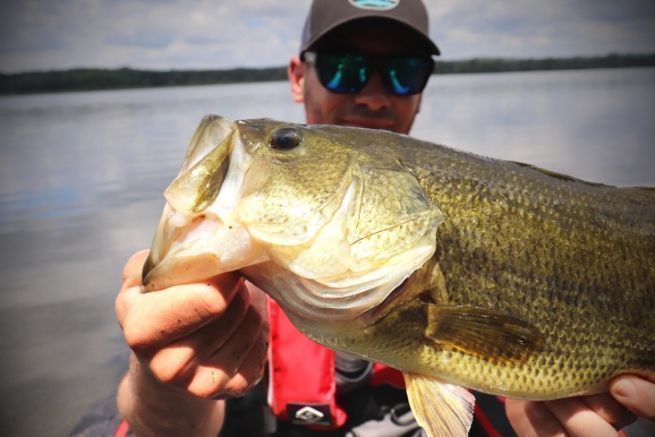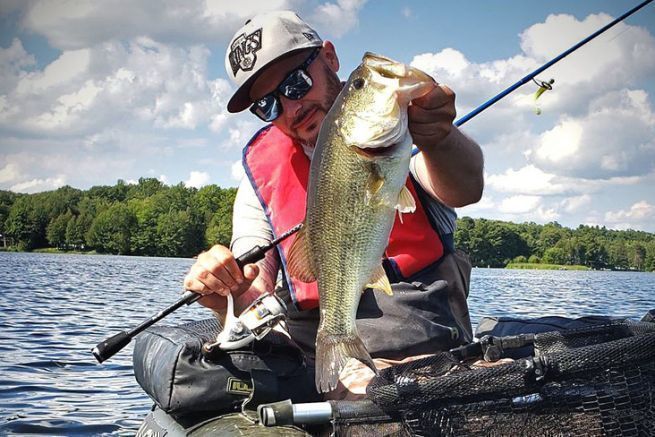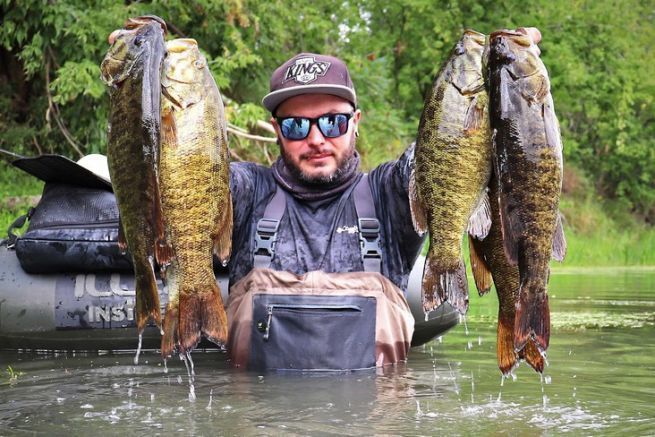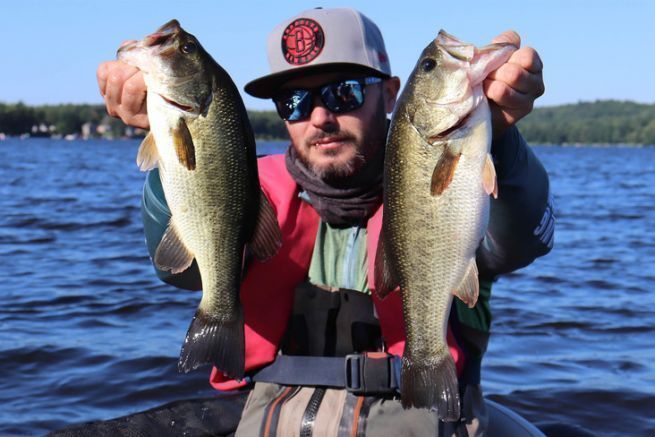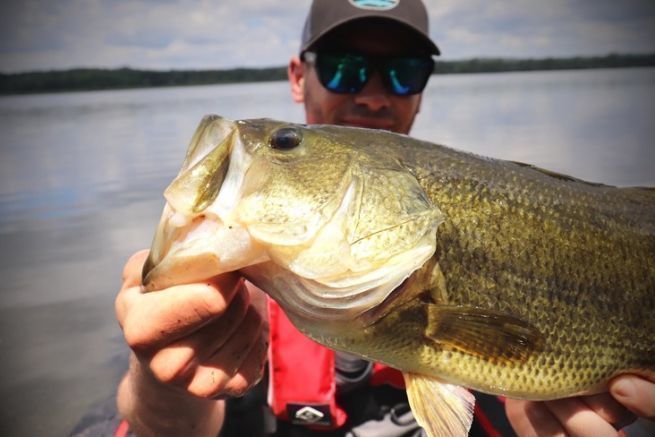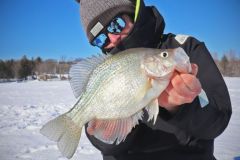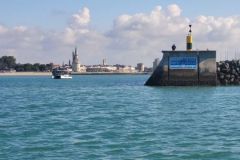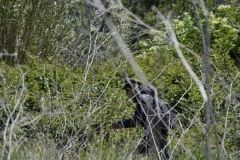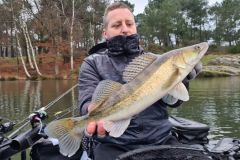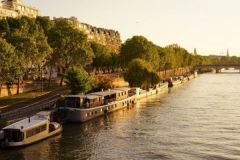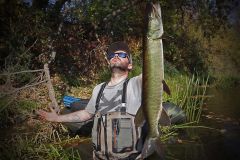1) Reed beds
Reedbed vegetation is very popular with black bass because it provides shade and good concealment with its tightly packed stems. It's complicated to cast a lure into it, but exploring the edge of this vegetation can bring some fish out of hiding.

2) Water lilies
Water lilies attract small fish and therefore black bass. Their large leaves floating on the surface of the water provide shade and their stems offer hiding places.
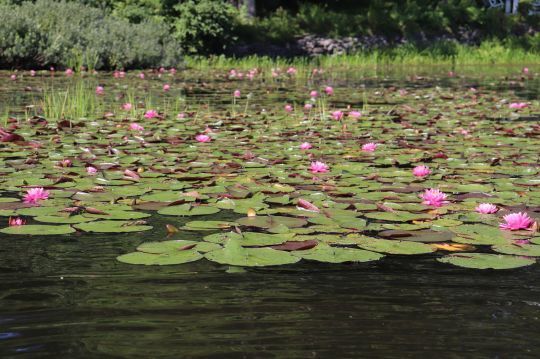
3) Overhanging trees
Trees along the edge of a water body or canal may be the only source of shade for light-sensitive species such as black bass. The edges where the shade of the trees extends over the water are to be prospected in priority, especially if the depth decreases quickly there.
4) Submerged trees
Underwater trees provide excellent cover for virtually all fish species. The small branches are havens for baitfish, while the main branches and trunk provide shade and cover for larger fish. Black bass often frequent these areas.
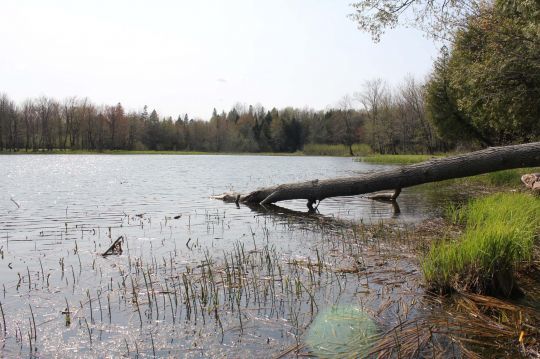
5) Floating platforms
Objects floating on the surface, such as docks or boats, provide shade for small fish and are bound to attract some predators. The greater the depth of water at the location of the platform, the more likely it is to be home to black bass. They can be found at all depths, glued to the underside of the structure, as well as resting on the bottom.
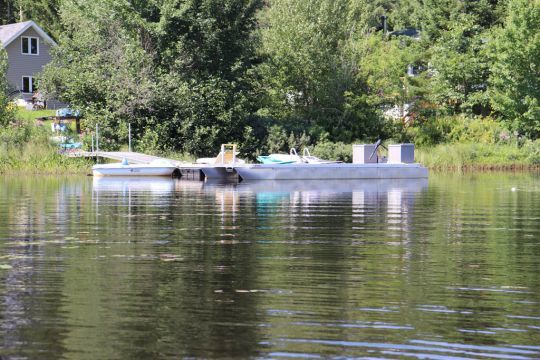
When to prospect for these obstacles?
Sunny summer days, when black bass seek shade, are a good time to prospect for obstacles.
However, this observation is valid on medium depth lakes, i.e. up to 2m50. Indeed, if the fished lake has greater depths, the black bass can choose to take refuge in them to find colder waters.
On cloudy days, black bass will be more likely to wander, and will be less present on this type of structure.

 /
/ 